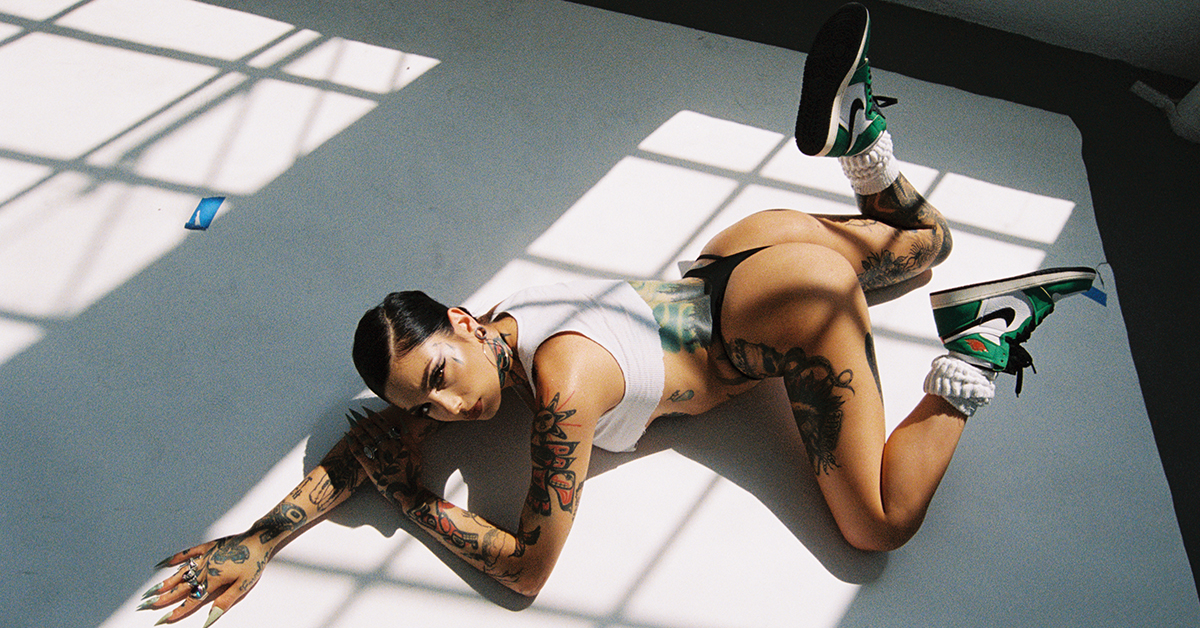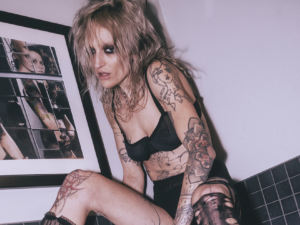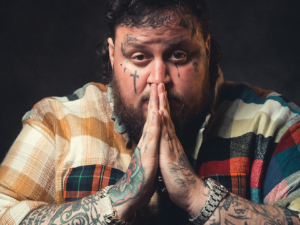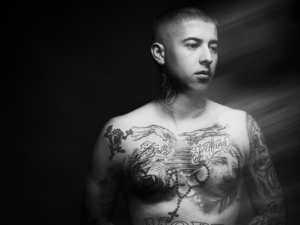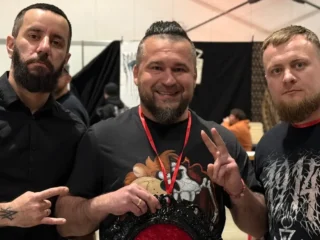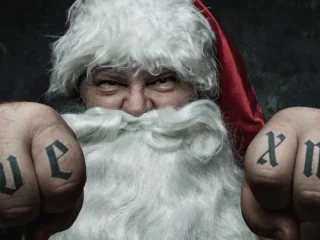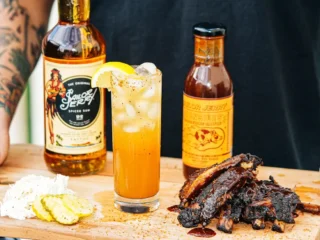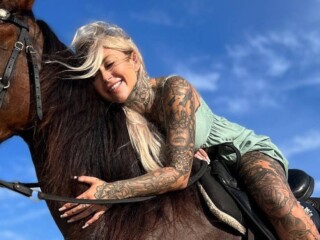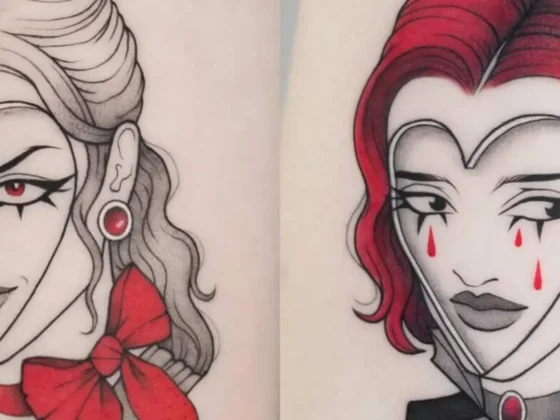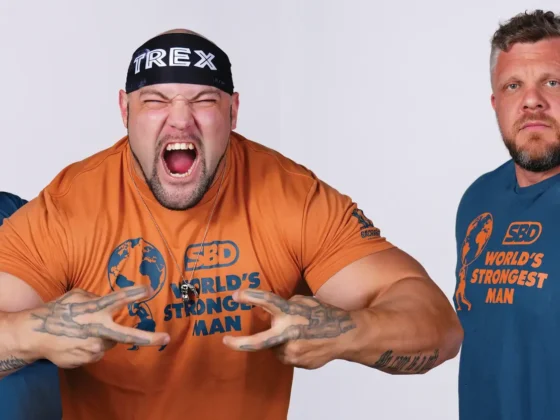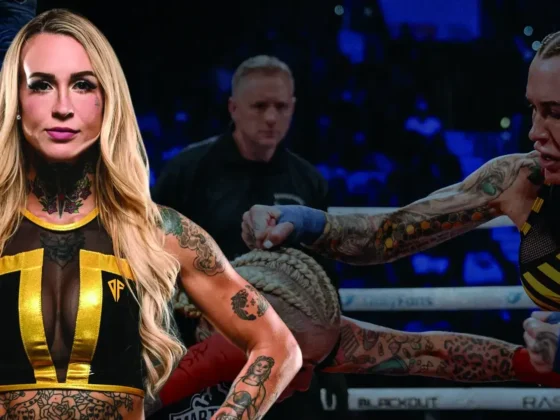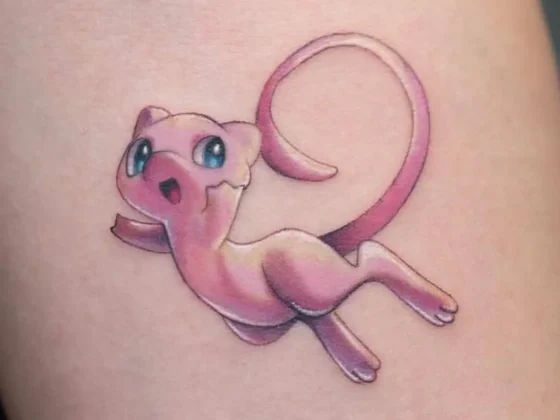Charlie Connell
July 23rd, 2021
The Light After The Storm
Taylor White sat down with us to discuss why she prefers shooting on film, the symbolism behind her most beloved tattoos and why she is compelled to use her platform to speak up for Indigenous people.
“With great power comes great responsibility.”
This proverb is widely known throughout the world, and no matter whether one’s familiarity comes from its original association with the French Revolution or (more likely) from Uncle Ben’s advice to a young Peter Parker in the Spider-Man comics, the sentiment behind it is bound to resonate. If you have the ability to make the world a better place, well, you better act on it.
Taylor White has taken this proverb to heart. The model and social media star has gained the daily attention of more than 600 thousand followers, and she is using it to shed light on the issues facing Indigenous people throughout the world. White is a member of the Squaxin Island tribe, a fact she is very proud of and represents through indigenous art in her tattoo collection.
We spoke with White about why she advocates so strongly for Indigenous people, the headspace modeling allows her to get into, the joy of shooting on film, and more.

Hey Taylor! Let’s start this off with a simple question: What is it that drew you to modeling in the first place?
I think it’s just a way for me to express myself. I’ve always found it a good outlet where I can just be able to feel myself and not really care about anything but that, for that moment. It’s kind of therapeutic in a way. When I first started modeling, I didn’t even think I was going to be modeling. I just got hit up by this guy and he was like, “Look at my work. And then here are some model references, feel free to reach out to them.” So I did, and then, I don’t know, I just never stopped. I don’t know how to explain it. I just do it, it’s a part of me.
It’s such a natural thing for you.
Yeah, and I do think that it’s a form of therapy in a weird way—being able to just get creative, get in front of the camera and not think.
Is it a way to turn your brain off?
I don’t turn it off. It’s more of a calming thing. It’s like nothing else in the world matters besides expressing yourself and just shooting. Being free.

We live in a digital age, but for this shoot you decided to use film. Why?
I love the texture and how film makes you feel rather than just digitals. All the photos you’ll see on my page are on film. It is harder to do film because you don’t know what you just took, you have to hope for the best as you wait for it to get developed. There’s an element of surprise to it. It always shocks me how much more confident I feel in front of a film camera than a digital one.
Do you think that’s because you have to wait for it?
You can’t just keep checking to see the shots throughout the shoot, so your focus is completely on shooting.
It holds you up, it takes you longer to shoot digital because you’re like, “Let’s keep the lighting or let’s see if we need better light.” I feel like film is just so raw and natural and you just have to snap, snap, snap… it feels more authentic to me.

Can you tell us a little bit about growing up and how that later influenced your tattoos?
Growing up in Washington, on the reservation and around the native community, you see a lot of Salish tattoos and Salish art. For a long time, it wasn’t that I was ashamed of being native, but I was really upset within the system. I hated it because I felt like they weren’t taking care of [me]. Now that I’m an adult I see it differently, but I felt like they didn’t really care about the situations they were putting me in, so I was angry at it. I was upset. But as I got older, I started to appreciate where I came from. I started to dive into [my background] and I really love the art, so I chose to go with that style and it’s just beautiful. I feel like it’s different and it expresses my roots and where I came from. I’m proud of that now, and now I feel like it’s powerful to be able to wear that on my everyday skin.

Do the pieces you have carry symbolism? Like the very prominent thunderbird you have under your sternum, for example.
There’s a story about the thunderbird and the orca whale. I feel like it’s a powerful story and I really like it. What I took out of it is that when you hear a storm approaching, you know there is all this bad stuff coming. It seems heavy. But at the end of the day, after the storm, it’s always so beautiful. You see rainbows, you see light, you see the growth that comes from the storm. This was really important to me at the time I got it because I was really going through a lot with my mental health. I felt it was really important to have that everyday reminder that everything I was going through, all of which felt like a never-ending storm, it was important for me to remember that it was all going to lead to something so much bigger than what it was.
Since the story is about the thunderbird and the orca, I’m guessing you have an orca tattoo as well.
On my hand I have my tribe’s symbol, the orca whale, that is a really big one for me. Orcas are so important to my tribe because they stay with their pod for their whole life. From when they’re babies, they stay with that pod, and that’s really important to me. I don’t have a lot of family. My family is very dysfunctional. So for me, for the family I still do have, it’s essential that we are so close and that we keep in touch and remind each other every day of our growth. Within the orca there are seven other animals, representing the seven inlets of the Salish sea.

And it’s on your hand so it’s always present.Yep. My auntie came with me when I went to get it done. She has the same tattoo on her side, so I asked her where I should get it. She said, “Your hand,” and I said, “Alright! Let’s do it!” I wasn’t going to look like a little bitch in front of my auntie [laughs].
Is that a common tattoo for folks in your tribe to get? Actually, I’ve only seen it on me and my auntie so far, but I’m sure there are more people who have it. My tribe is actually fairly small. It’s probably about 1,500 tribal members and probably only half of that is on the actual reservation or enrolled. So we’re small.

You’ve never been afraid to use your platform to speak out about issues affecting Indigenous people, most recently discussing the discovery of a mass grave in Canada with the remains of 215 children. Why is it so important for you to use your platform to speak out?
When I was younger, I went to a native school. What we were taught was split up—it was half regular school and half native teachings. So when I transferred from the Indian school to a public school I was so behind, I didn’t know anything. I felt so fucking stupid. Then when we were learning about things I was like, “No, no, no. Incorrect.” So I know there are a lot of people out there who don’t really understand or don’t see [native history]. I must have been 16 or 17 when I first Googled “Native American,” and the first things I see are fake native costumes, fake face paint… shit like that. I was like, “What the fuck?” Everything was ads. No history, just ads. It made me really upset. They don’t think of us as real people, just as a costume. I feel like when you look at what is taught at school or when you do your own research, not a lot of accuracy pops up right away. I know that I don’t have to go out of my way to speak out, but I feel as a Native American with a platform, and all of the things I personally went through, led me to do it. I feel like using my platform is really important, being able to use my voice in any way I can. I just want to make my family proud, I want to make my tribe proud. I want to be able to show that I am more than just my body, it’s important to show my brain too.
[Your modeling] is a way to garner people’s attention initially.
Exactly. Even if some people are like, “You’re living in the past, we know natives are still alive,” or whatever, it still opens the door and it makes people question things. Even if they don’t end up questioning things, I still made it cross their fucking minds. That alone is so powerful. That’s so much fucking power when you can just say a statement. Whether someone agrees or disagrees—you thought about it, didn’t you?

Editor's Picks
Royal & The Serpent
The hilarious and talented musician talks mental health, music, tattoos and more
Son of a Sinner
From rough-and-tumble roots to mainstream stardom, this genre-crossing musician is on a roll
A Cut Above
Celebrated barber Vic Blends can charge whatever he wants for a haircut, but all he really wants in exchange is a conversation and human connection

